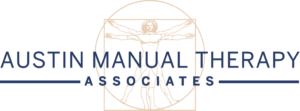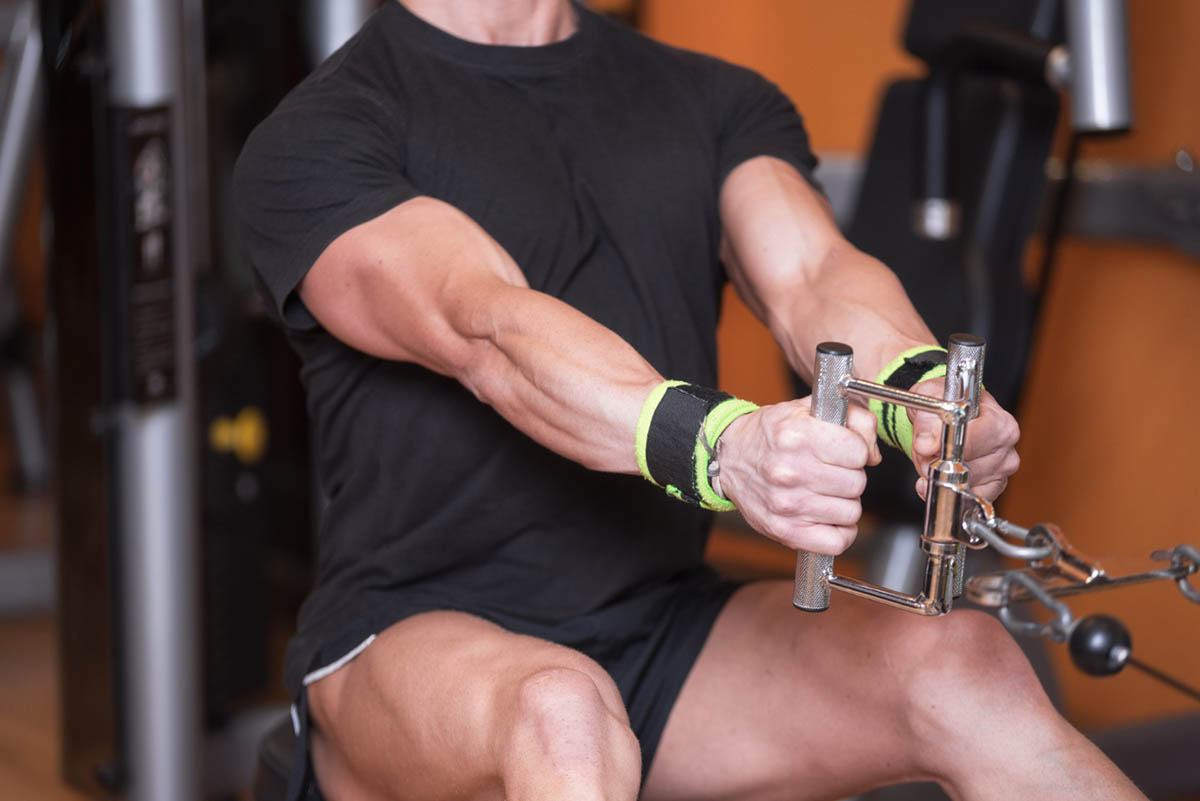Tennis elbow, also known as lateral epicondylitis, is a common injury characterized by pain and inflammation around the outer part of the elbow. Despite its name, this condition doesn’t only affect tennis players—any repetitive movements that strain the forearm muscles can lead to tennis elbow. For people with tennis elbow, specific tennis elbow exercises can worsen the symptoms and delay recovery. Avoiding specific exercises is crucial in preventing further damage to the tendons and speeding up the healing process.
What is Tennis Elbow?
Tennis elbow is a type of repetitive overuse injury that occurs when the tendons connecting your forearm muscles to your elbow become overloaded and irritated. This usually happens from repetitive wrist movements and arm motions, leading to inflammation, micro-tears, and pain. Austin Manual Therapy can be a valuable part of the recovery process by offering specialized treatment for tennis elbow to alleviate symptoms.
The condition often affects individuals who engage in activities involving repeated gripping, lifting, or twisting motions, like athletes, manual laborers, or even office workers who spend long hours typing. Weight lifters and those involved in athletic activity are particularly prone to this issue. The type of exercise performed can significantly impact recovery.
Causes of Tennis Elbow
Tennis elbow can stem from various factors, making it one of the prevalent sources of elbow discomfort. Experts estimate that approximately 3% of the U.S. population experiences tennis elbow annually. The majority of tennis elbow cases result from repetitive movements and overuse of the elbow. A primary cause of this condition is the overuse injury of forearm muscles due to repetitive activities, such as gripping or lifting heavy items, which put strain on the tendons in the forearm. Moreover, improper techniques in racket sports involving repetitive arm motions—like tennis or golf—can further irritate the tendons. Individuals engaged in physically demanding jobs that involve heavy lifting, including carpenters and plumbers, are also at a higher risk. Additionally, age is a contributing factor, as tendons naturally weaken over time, making people between 30 and 50 years old particularly susceptible to developing tennis elbow.
Symptoms of Tennis Elbow
Tennis elbow manifests through various typical symptoms that can interfere with daily life and cause significant discomfort. Common indicators include pain on the outer part of the elbow, weak grip strength, and pain when gripping or lifting objects. Constant pain and sharp pain are common symptoms. Medial epicondylitis, while related, differs as it affects the medial epicondyle.
Pain around the outer elbow
A sharp or aching pain on the outer elbow is the most prevalent symptom, often radiating into the forearm and wrist. This discomfort can significantly impact your ability to perform daily activities. Wrist extension movements may exacerbate pain, so it’s crucial to avoid exercises that strain the elbow muscles.
Pain bending or twisting your arm
Basic actions such as bending, twisting, or turning a doorknob can lead to pain and discomfort for those suffering from tennis elbow. Elbow extensions and wrist flexion movements can be particularly painful. This condition can make routine tasks feel challenging and debilitating.
Loss of grip strength
Weakness in the forearm muscles may hinder your ability to hold objects securely. This impairment can complicate tasks that require gripping and fine motor skills. Ball squeezes and sock squeezes can be helpful in testing grip strength.
Swollen elbow joints
As the condition progresses, swelling around the elbow joint can develop, resulting in increased tenderness. This swelling may indicate that the condition is becoming more severe and requires attention. Elbow braces or elbow straps can provide support and help manage swelling.
Pain or stiffness
At times, the elbow may feel stiff, particularly after being inactive for a while, such as when waking up in the morning or after resting the arm. This stiffness can be a related symptom of tennis elbow, indicating a need for simple tennis elbow exercises to improve range of motion.
Why You Should Avoid Certain Tennis Elbow Exercises
Tennis elbow is an injury that needs careful management. Exercising the affected arm without proper guidance can worsen inflammation, increase tendon damage, and extend recovery time. Exercises involving weighted wrist extension or weighted wrist rotation can exacerbate symptoms. Specific exercises put unnecessary strain on the forearm muscles and tendons, making it critical to avoid them during recovery. The primary goal of treatment for tennis elbow is to give the tendons time to heal while gently strengthening the surrounding muscles without overloading the area.
7 Tennis Elbow Exercises to Avoid

“When dealing with tennis elbow, some exercises to avoid with tennis elbow can do more harm than good. These movements often strain the muscles and tendons, increasing the risk of further injury. Below are seven examples of what exercises to avoid with tennis elbow if you’re suffering from tennis elbow pain.
Exercise 1: Bench Presses
Bench presses can place excessive stress on the elbow joint and surrounding muscles, exacerbating pain associated with tennis elbow. The barbell can create more strain compared to dumbbells, so it is best to avoid barbell exercises during recovery.
Why:
Bench presses place significant pressure on the forearm muscles and elbow joints. The motion of lowering and pressing the barbell can aggravate the tendons and cause further strain on the elbow, delaying the healing process.
Exercise 2: Push-ups
Push-ups can create undue stress on the elbow joint, which may worsen the pain associated with tennis elbow. The movement requires significant engagement from the wrist extensor muscles and can exacerbate wrist extensor tendinosis.
Why:
Push-ups engage the forearm muscles and require a lot of elbow flexion, which can exacerbate the pain and inflammation associated with tennis elbow. The repetitive bending and pushing motion puts undue stress on the already inflamed tendons.
Exercise 3: Chin-ups or Pull-ups
Chin-ups and pull-ups can significantly strain the elbow joint, leading to increased discomfort and aggravating tennis elbow symptoms. The gripping motion involved can increase the strain on the epicondyle tendons.
Why:
Chin-ups and pull-ups require gripping a bar and lifting your body weight, which heavily stresses the forearm muscles and tendons. The strain on the elbow joint can intensify pain and inflammation in individuals with tennis elbow.
Exercise 4: Dumbbell Curls
Dumbbell curls involve bending the elbow and can place significant strain on the forearm tendons, which are often already inflamed in those with tennis elbow. Performing curls with light weights may be less aggravating.
Why:
While bicep curls are effective for strengthening the arms, they can be detrimental for those with tennis elbow. The motion of curling weights places direct tension on the tendons of the forearm, aggravating the condition.
Exercise 5: Barbell Extensions
Barbell extensions can place excessive strain on the elbow joint and forearm tendons, which is counterproductive for those recovering from tennis elbow. Opting for lighter weights or avoiding these exercises altogether may prevent the worsening of the injury.
Why:
Barbell extensions, especially tricep-focused exercises like overhead or lying tricep extensions, force the elbow to bear significant weight. This can irritate the tendons involved in tennis elbow, leading to increased pain and a slower recovery.
Exercise 6: Straight-arm exercises
Straight-arm exercises, such as certain types of chest and shoulder movements, can put undue stress on the elbow joint. These exercises often involve the scapular muscles and can exacerbate pain during exercise.
Why:
Straight-arm exercises, such as lateral raises or front raises, can worsen tennis elbow symptoms because they place continuous tension on the forearm muscles. Holding weights with a straight arm and engaging the elbow for stability can trigger pain.
Exercise 7: Planks
Planks can inadvertently strain the elbow joint, mainly if performed incorrectly or with improper form. The pressure placed on the forearms during this exercise may exacerbate pain for those with tennis elbow, making it best to avoid them during recovery.
Why:
Planks require stability through the arms and shoulders, putting pressure on the forearm muscles and elbow tendons. The static hold of a plank engages the elbow joint, which can lead to pain flare-ups in those with tennis elbow.
Other Sports and Activities to Avoid
Alongside specific exercises, understanding activities to avoid with tennis elbow is important. Specific sports injuries and activities can exacerbate tennis elbow symptoms. It’s crucial to refrain from engaging in these activities to facilitate optimal recovery.
- Tennis or racquet sports: The repeated arm movements in these sports may exacerbate the inflammation of the tendons. Engaging in such activities can lead to increased pain and hinder the healing process.
- Golf: The swinging motion in golf places added strain on the elbow, potentially worsening symptoms. This stress can lead to increased discomfort and hinder recovery from tennis elbow.
- Weightlifting with poor form: Improper weightlifting techniques can increase strain on the elbow, exacerbating the injury. It is essential to maintain the correct form to avoid worsening tennis elbow symptoms.
- Typing and computer work: Prolonged typing can cause repetitive strain on the forearm muscles. This excessive strain may hinder the recovery process from the tennis elbow.
Treatment Options for Tennis Elbow

Tennis elbow can often heal effectively with appropriate care and rehabilitation measures. Key treatment options include rest, which allows the elbow to recover by minimizing repetitive strain; physical therapy services, where guided exercises enhance forearm muscle strength and flexibility, emphasizing the importance of exercise as a primary healing method, as noted by Chris Zarski, a clinical assistant professor at Augustana Campus; and manual therapy, which employs targeted massage and mobilization techniques to boost blood flow and alleviate discomfort. Additionally, applying ice and using anti-inflammatory medications can manage pain and swelling, while bracing or taping the elbow provides support and reduces strain on the affected tendons.
Conclusion
Tennis elbow is a painful condition that requires mindful care to prevent further damage. While exercise is a key component of recovery, it’s important to avoid exercises that put unnecessary strain on the forearm muscles and elbow. Activities such as bench presses, push-ups, and pull-ups should be avoided until the condition heals. Physical therapy and manual therapy, like those offered at Austin Manual Therapy Associates, can provide effective solutions for managing symptoms and accelerating recovery.
FAQs
What worsens tennis elbow?
Repetitive motions, overuse of the forearm muscles, and exercises that strain the tendons, such as push-ups, bench presses, and pull-ups, can worsen tennis elbow. Additionally, sports like tennis and activities like typing can also aggravate symptoms.
What is the fastest way to cure tennis elbow?
The fastest way to cure tennis elbow involves a combination of rest, physical therapy, and manual therapy. Strengthening the surrounding muscles with gentle exercises, applying ice to reduce inflammation, and using anti-inflammatory medications can speed up recovery.
Is it okay to do planks with tennis elbow?
Planks are not recommended for those with tennis elbow because they require stability from the forearm muscles and elbow tendons. This can increase strain and delay healing, so it’s best to avoid planks until the condition improves.





